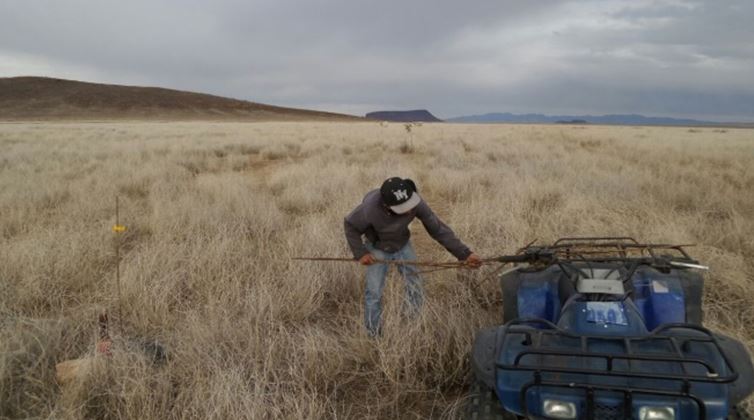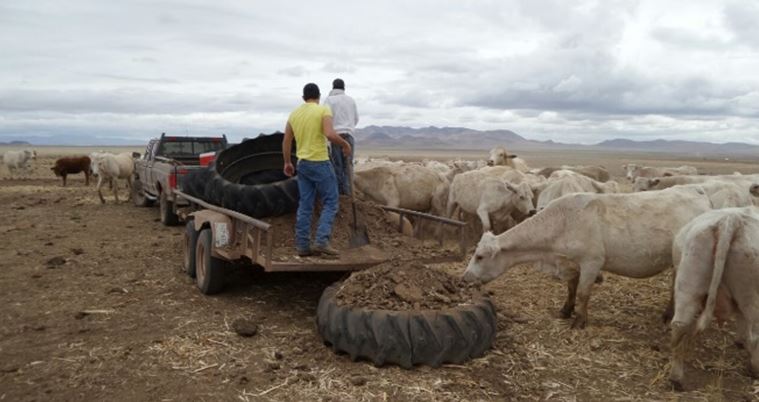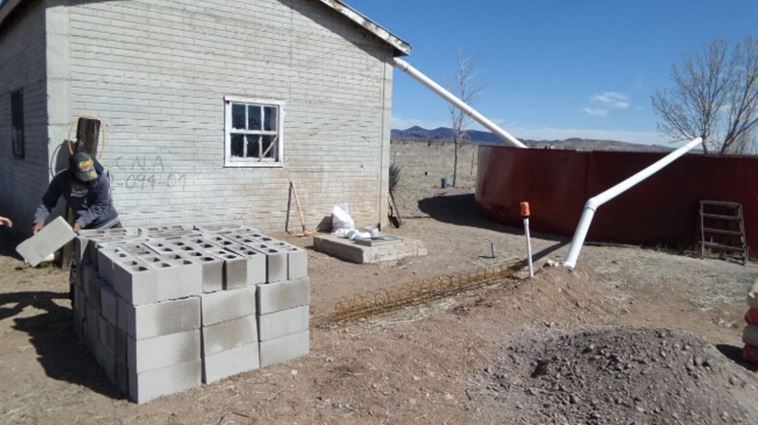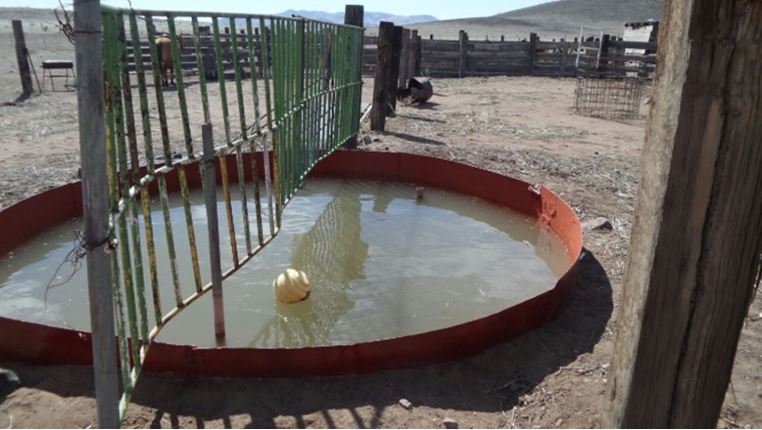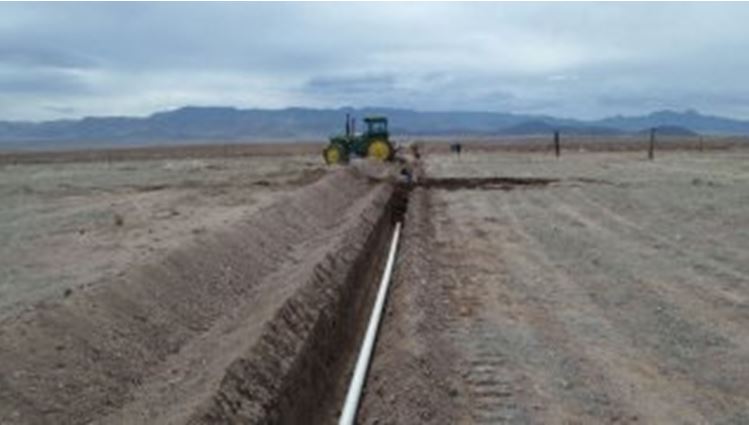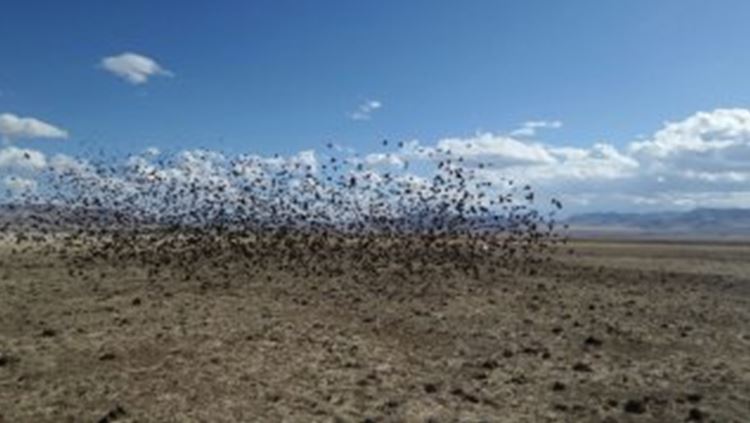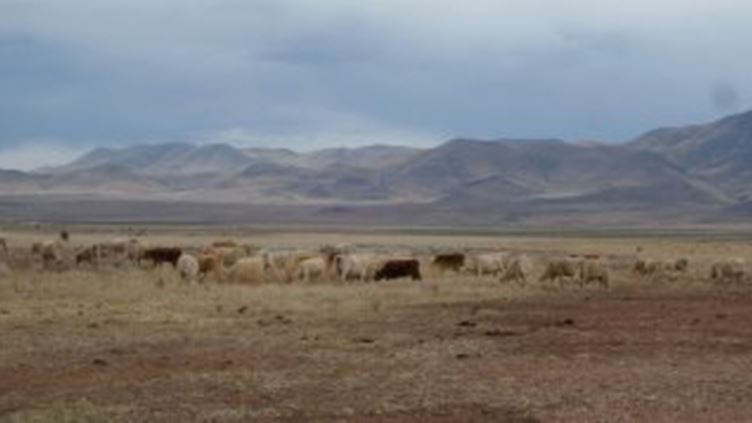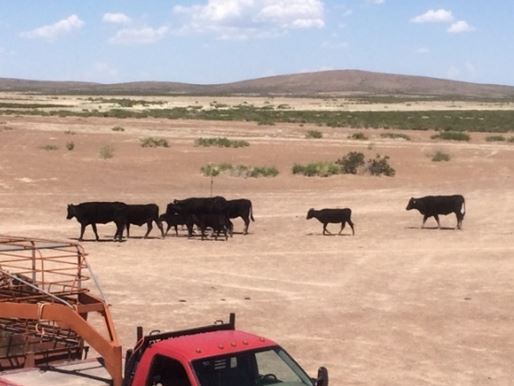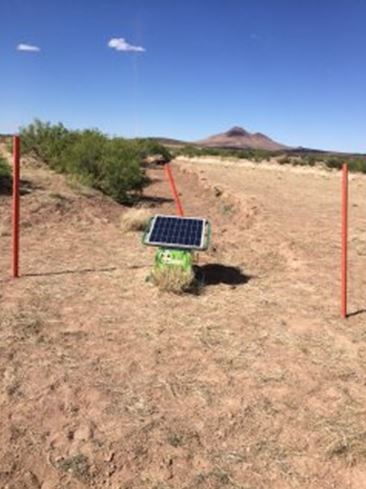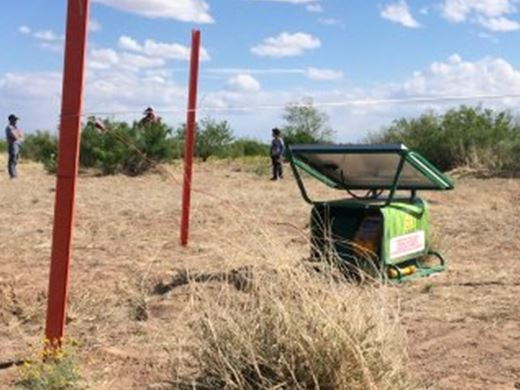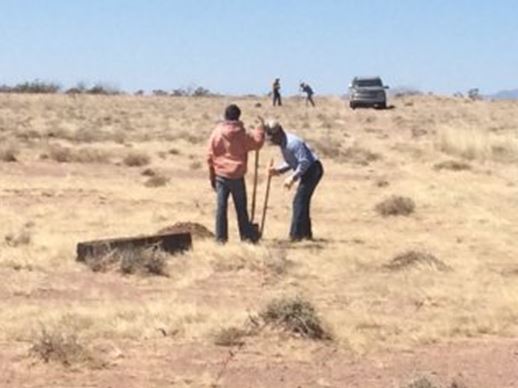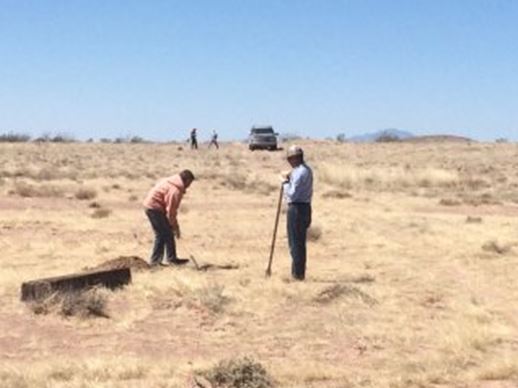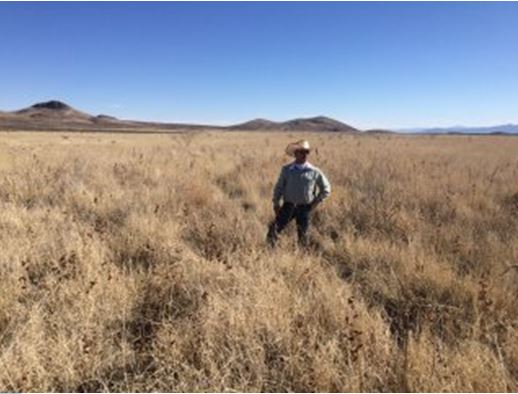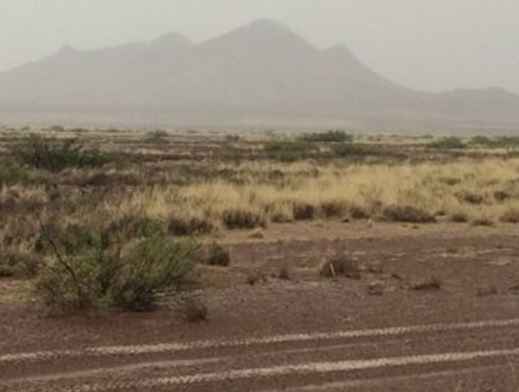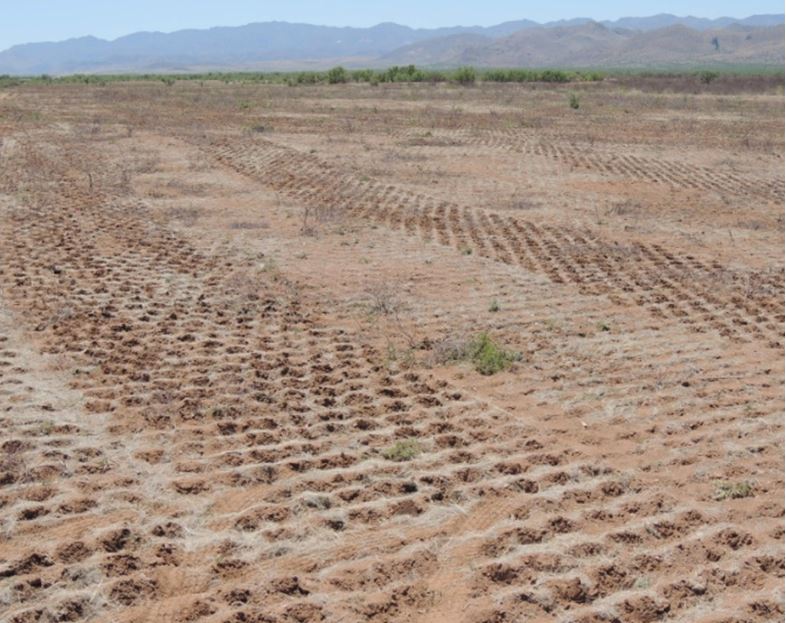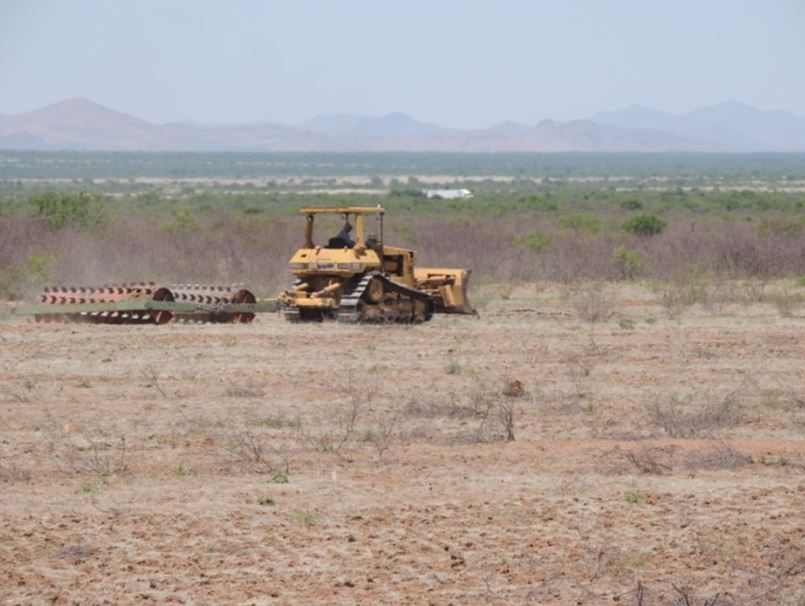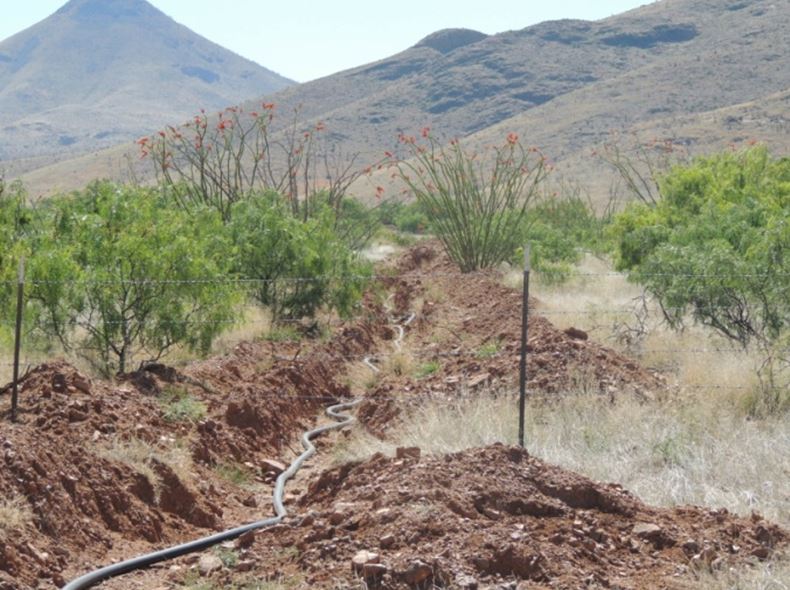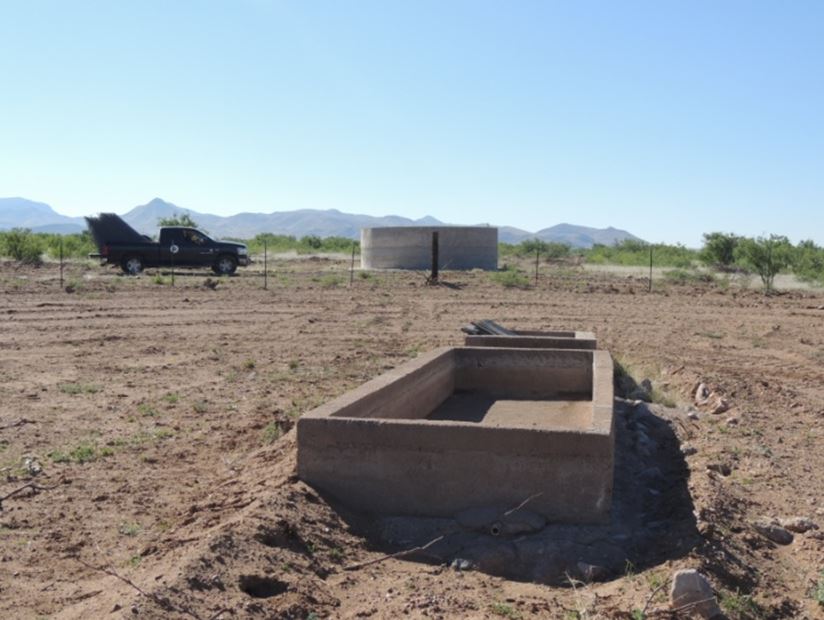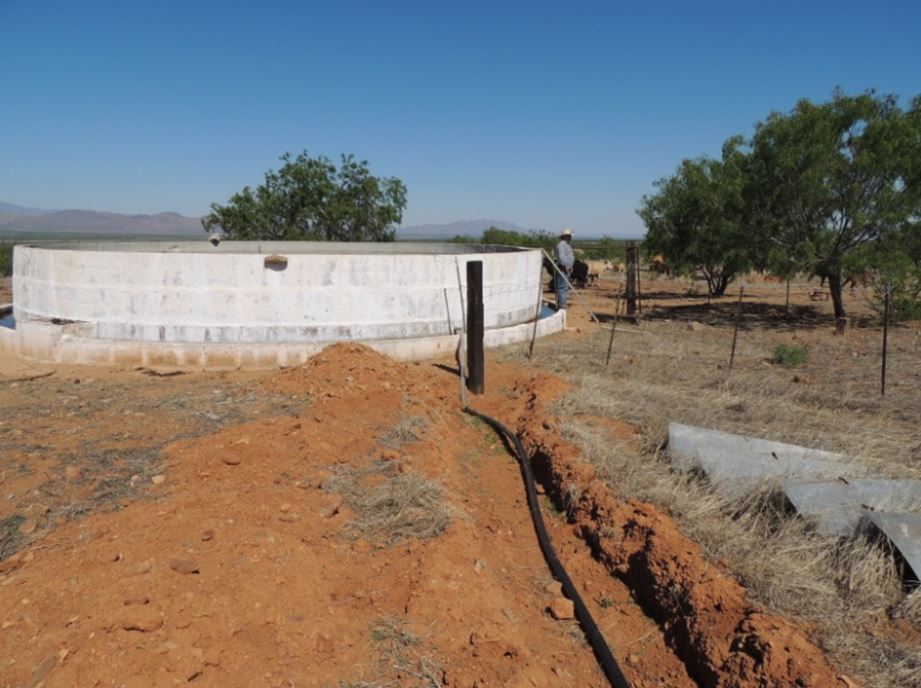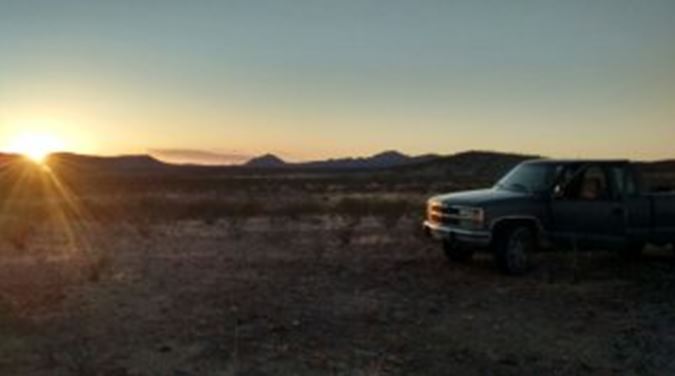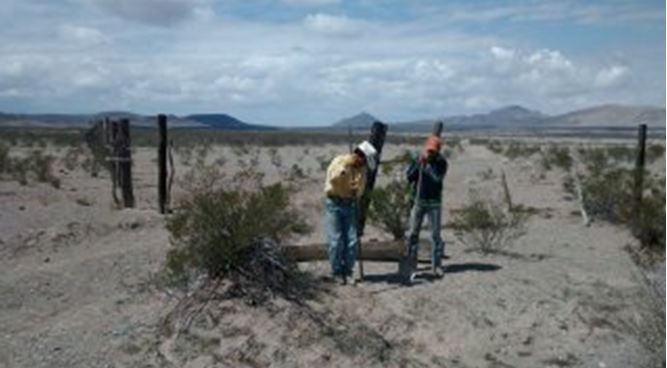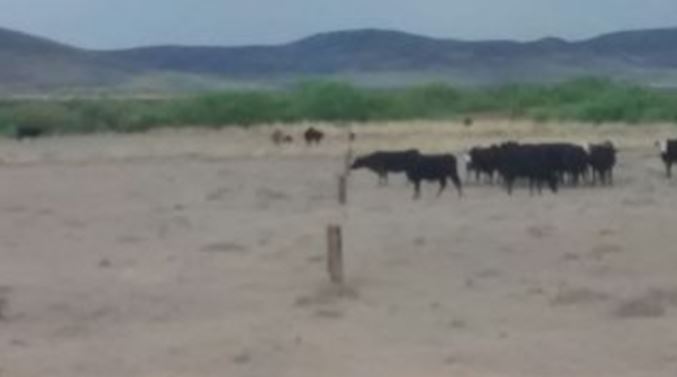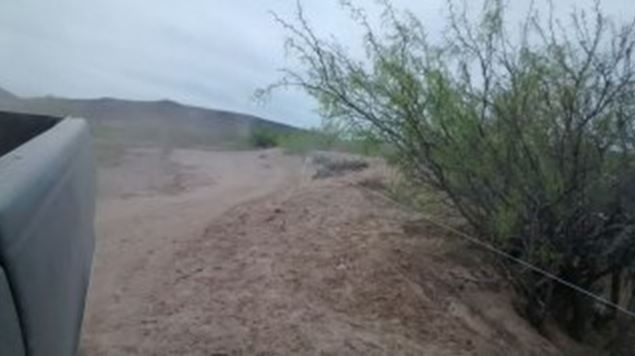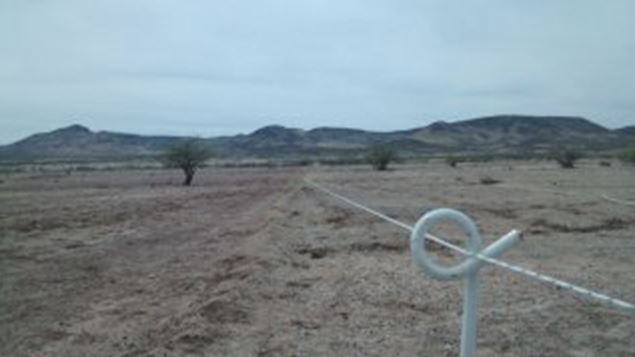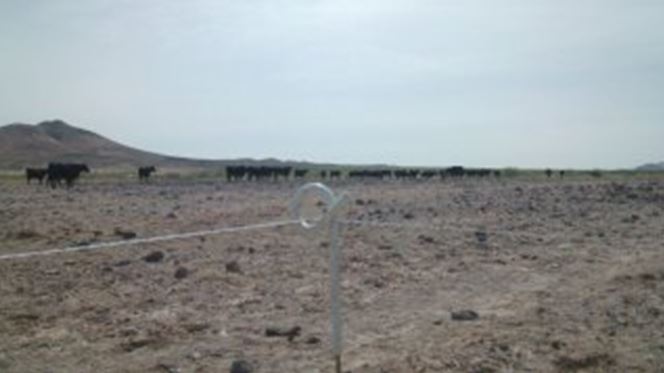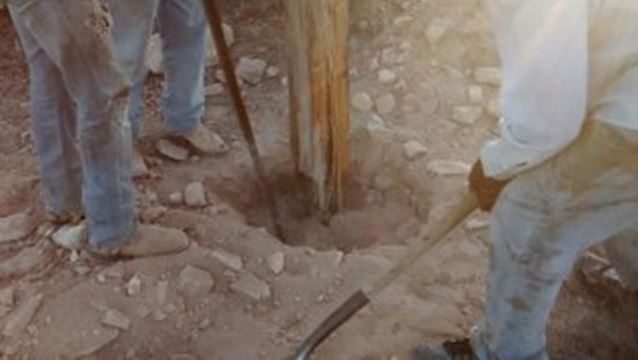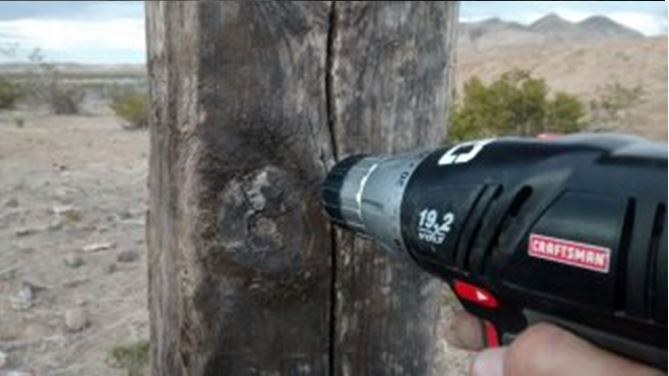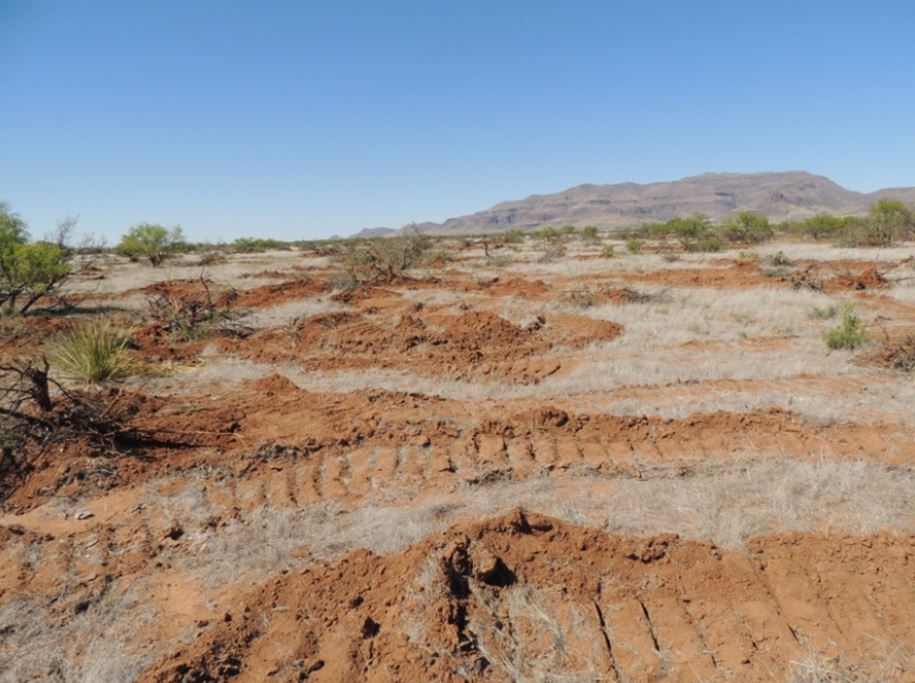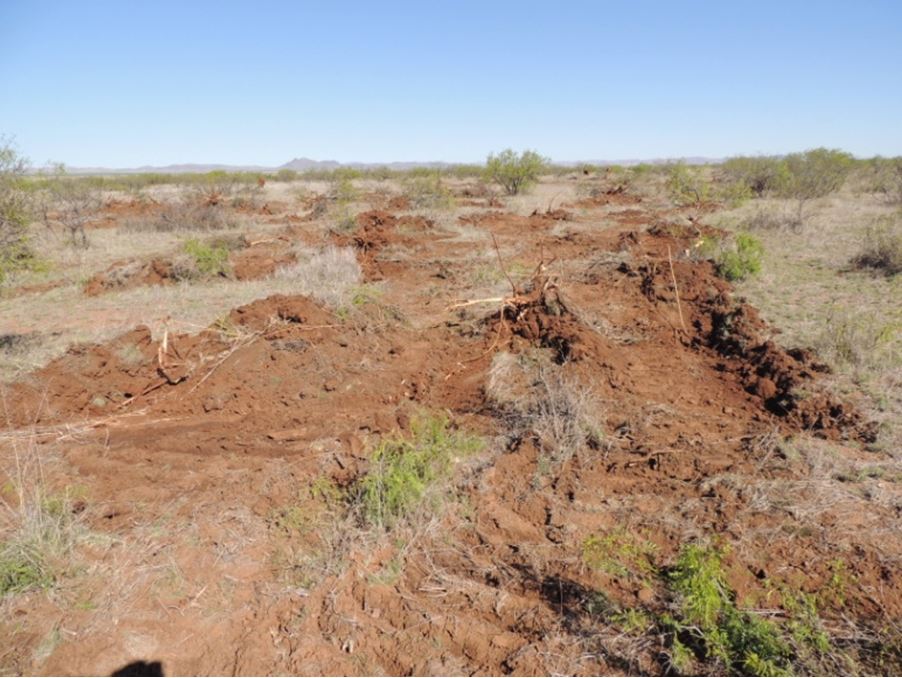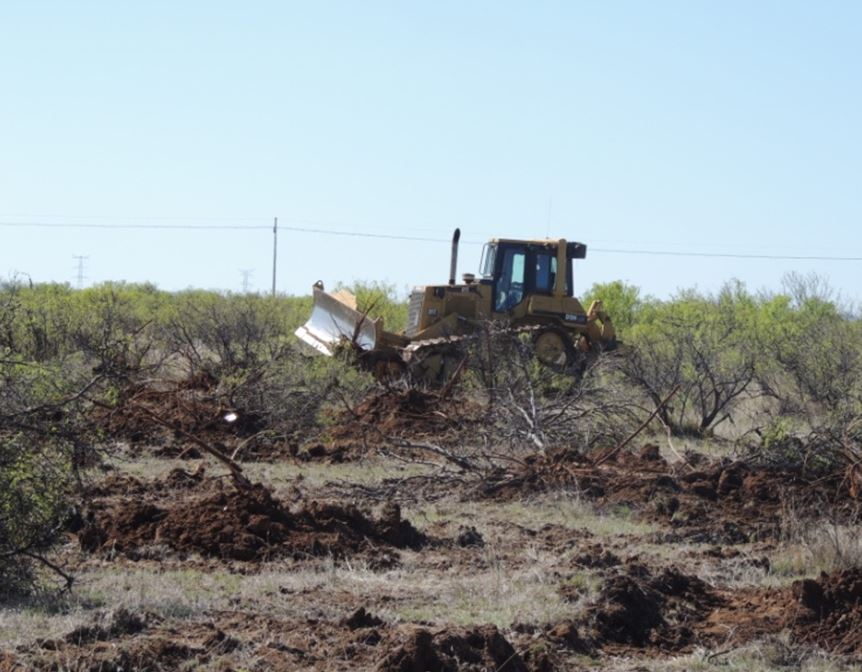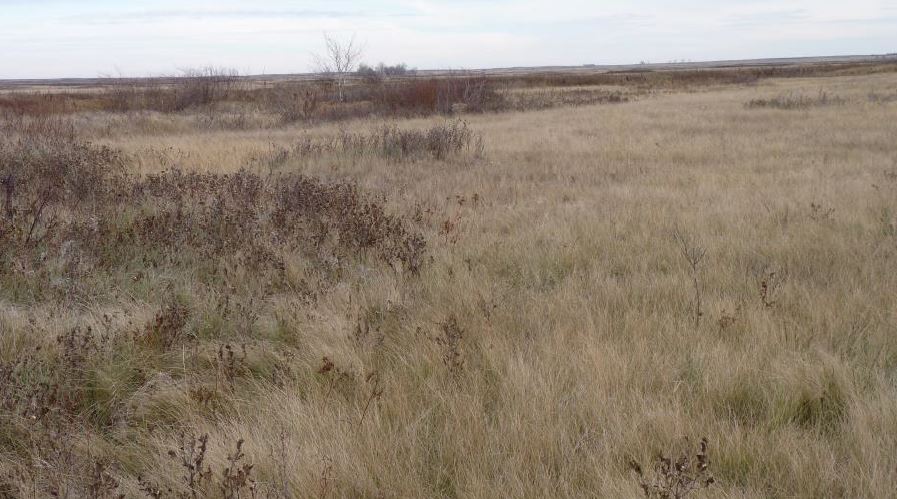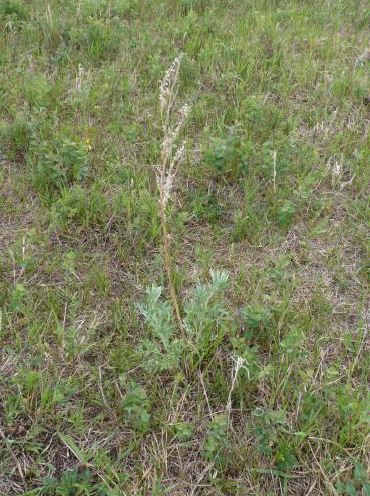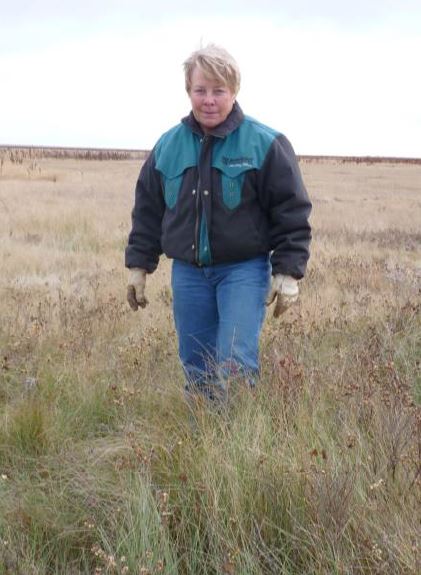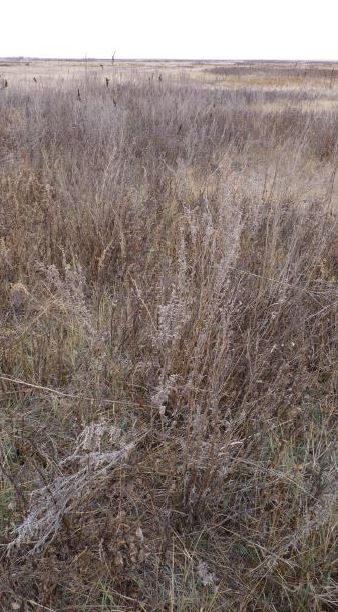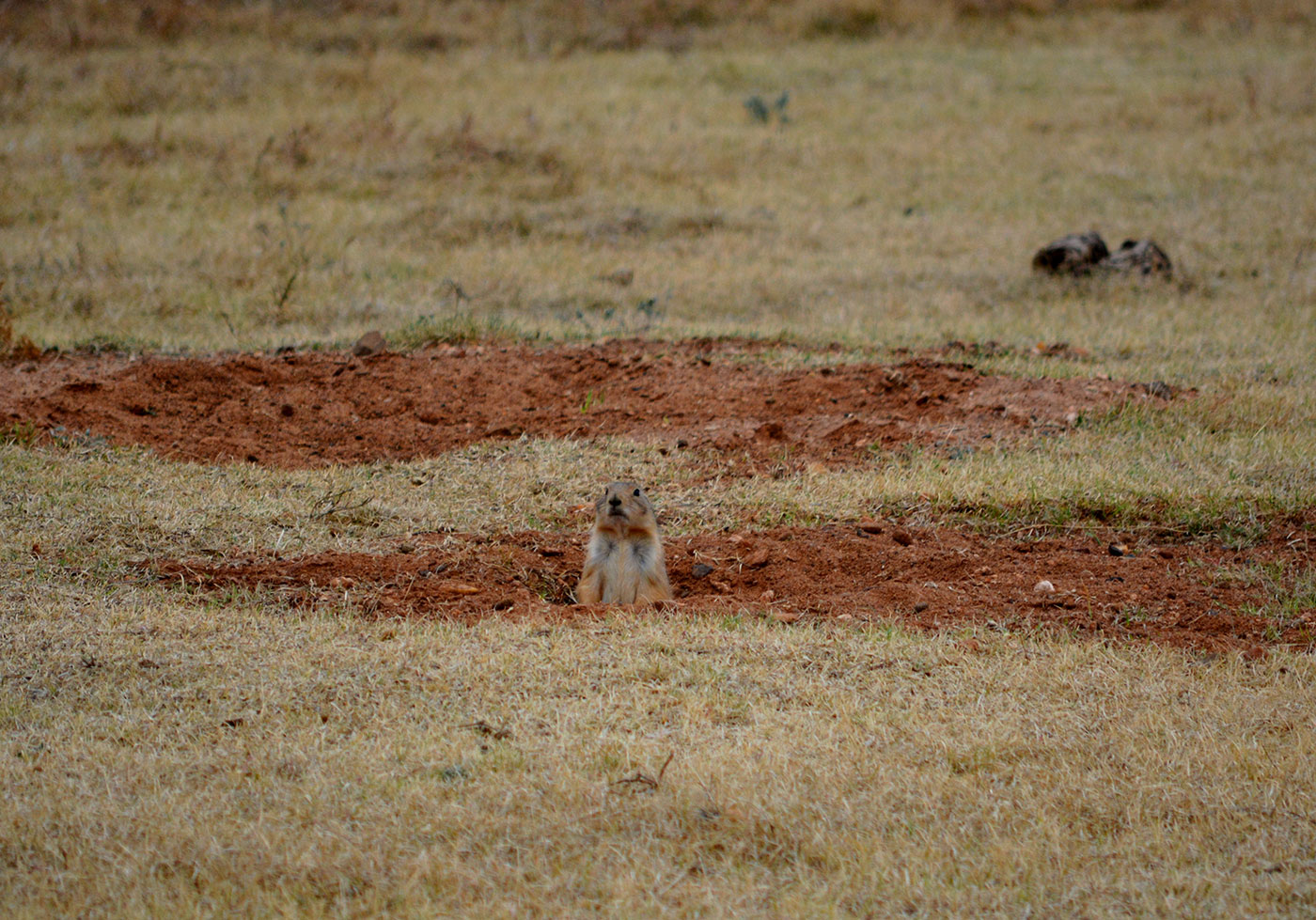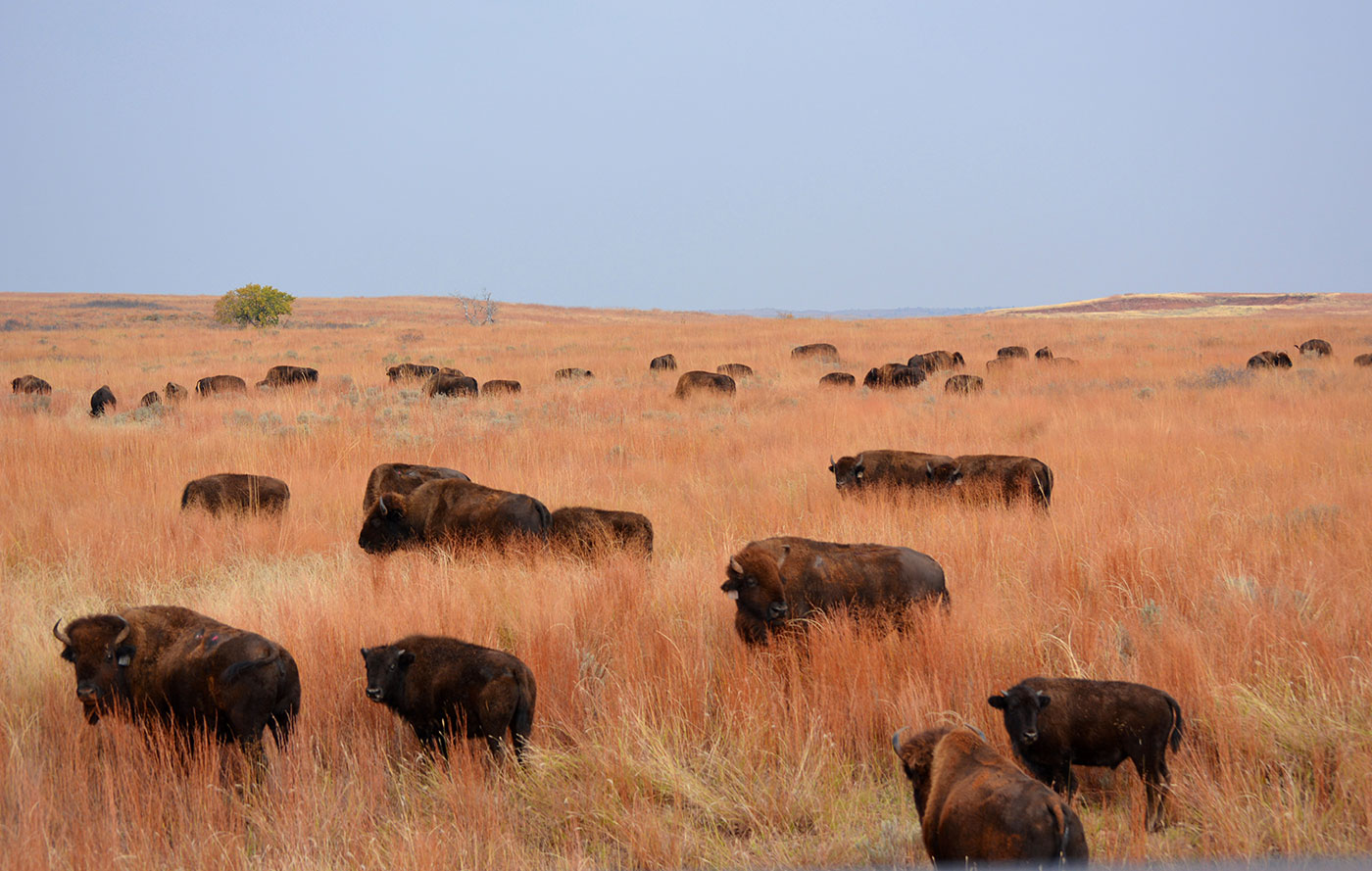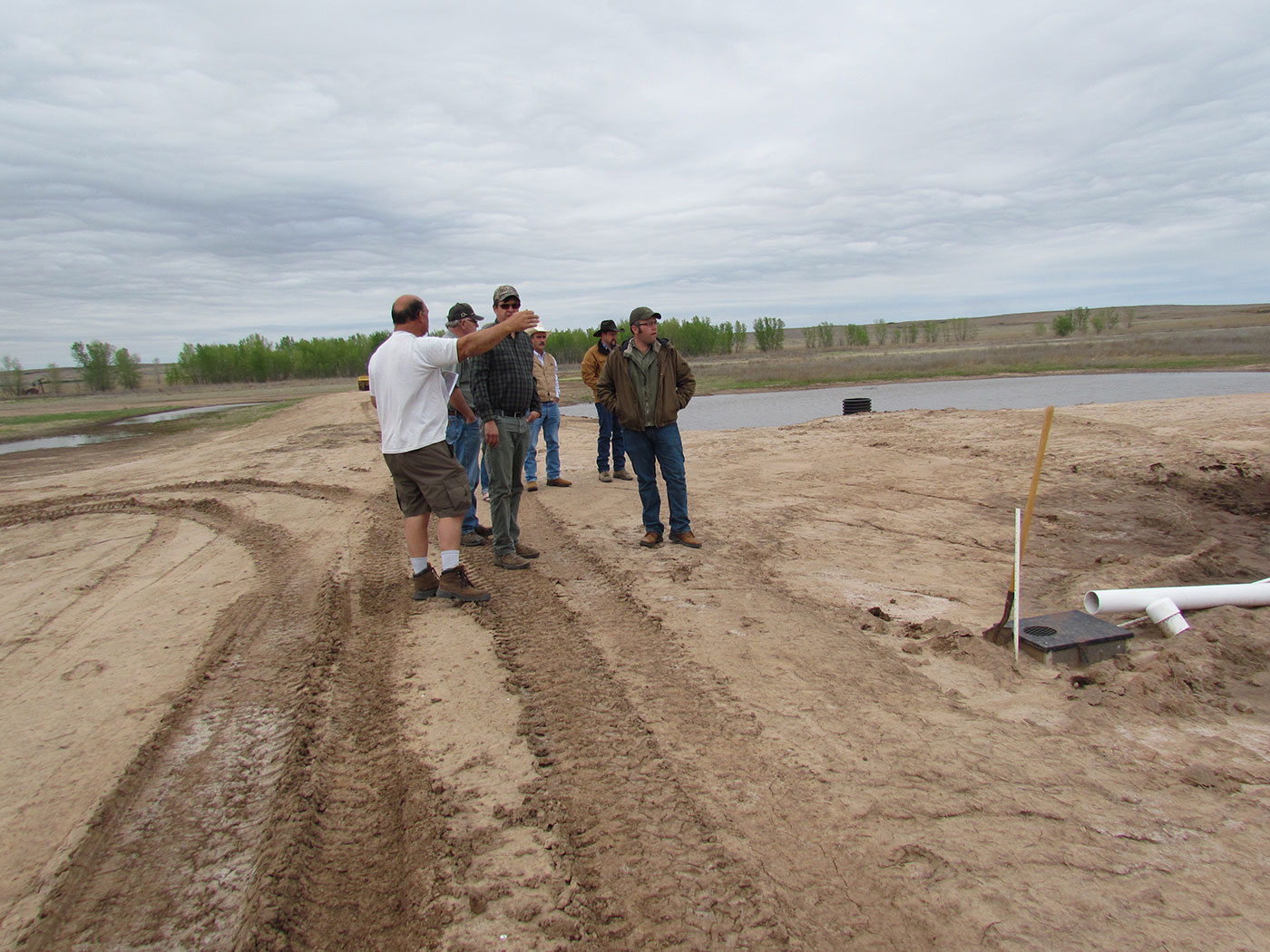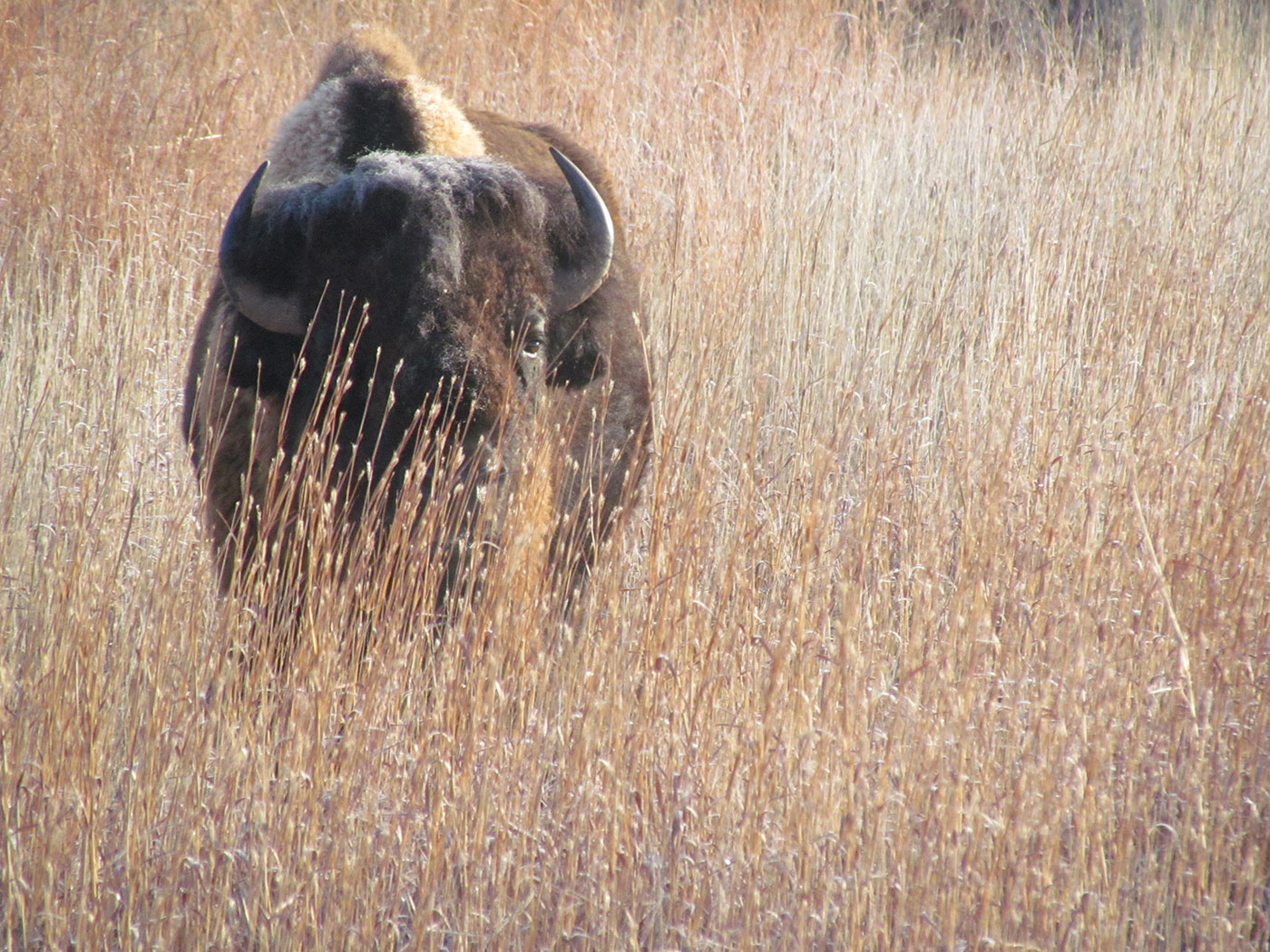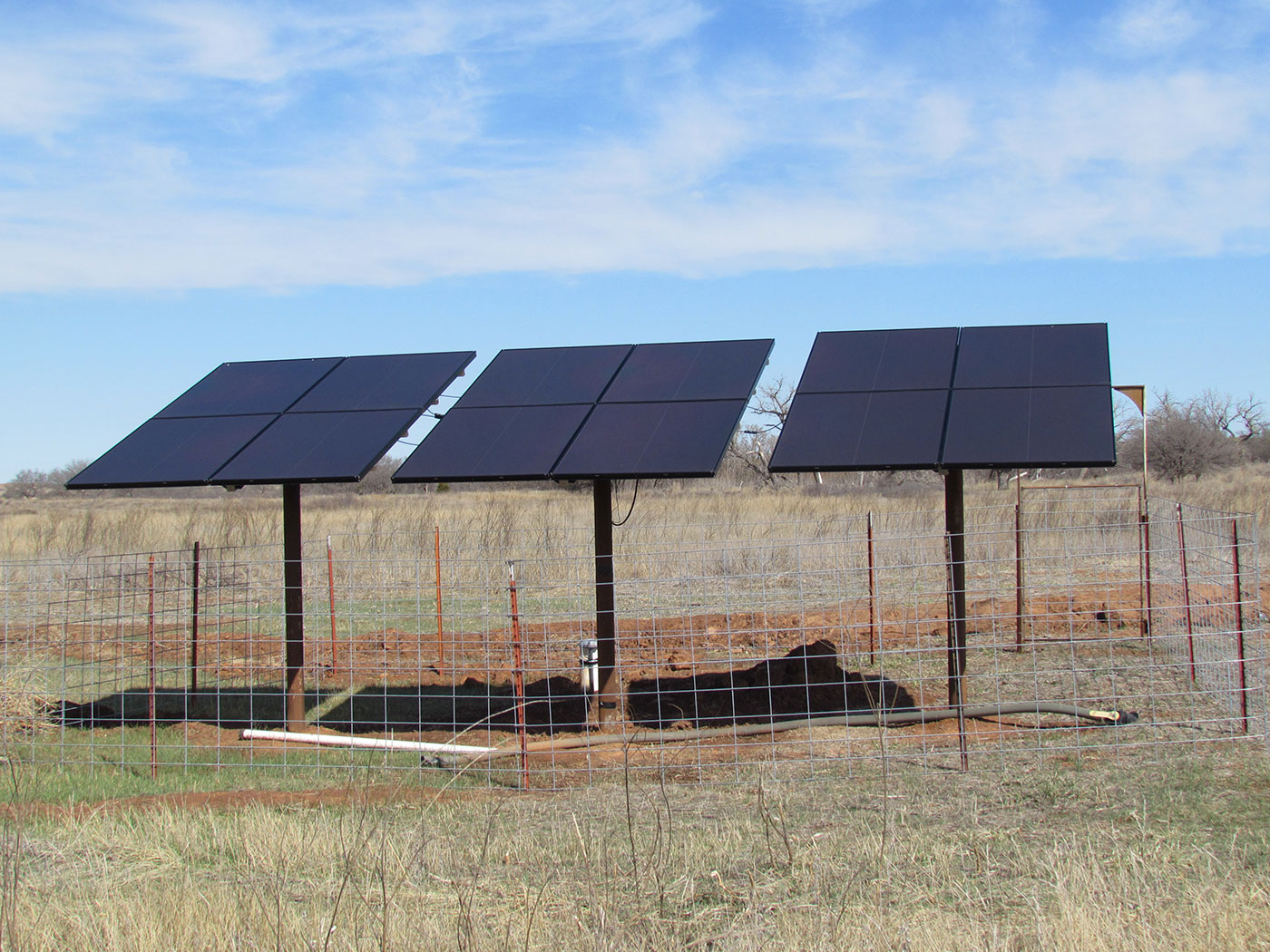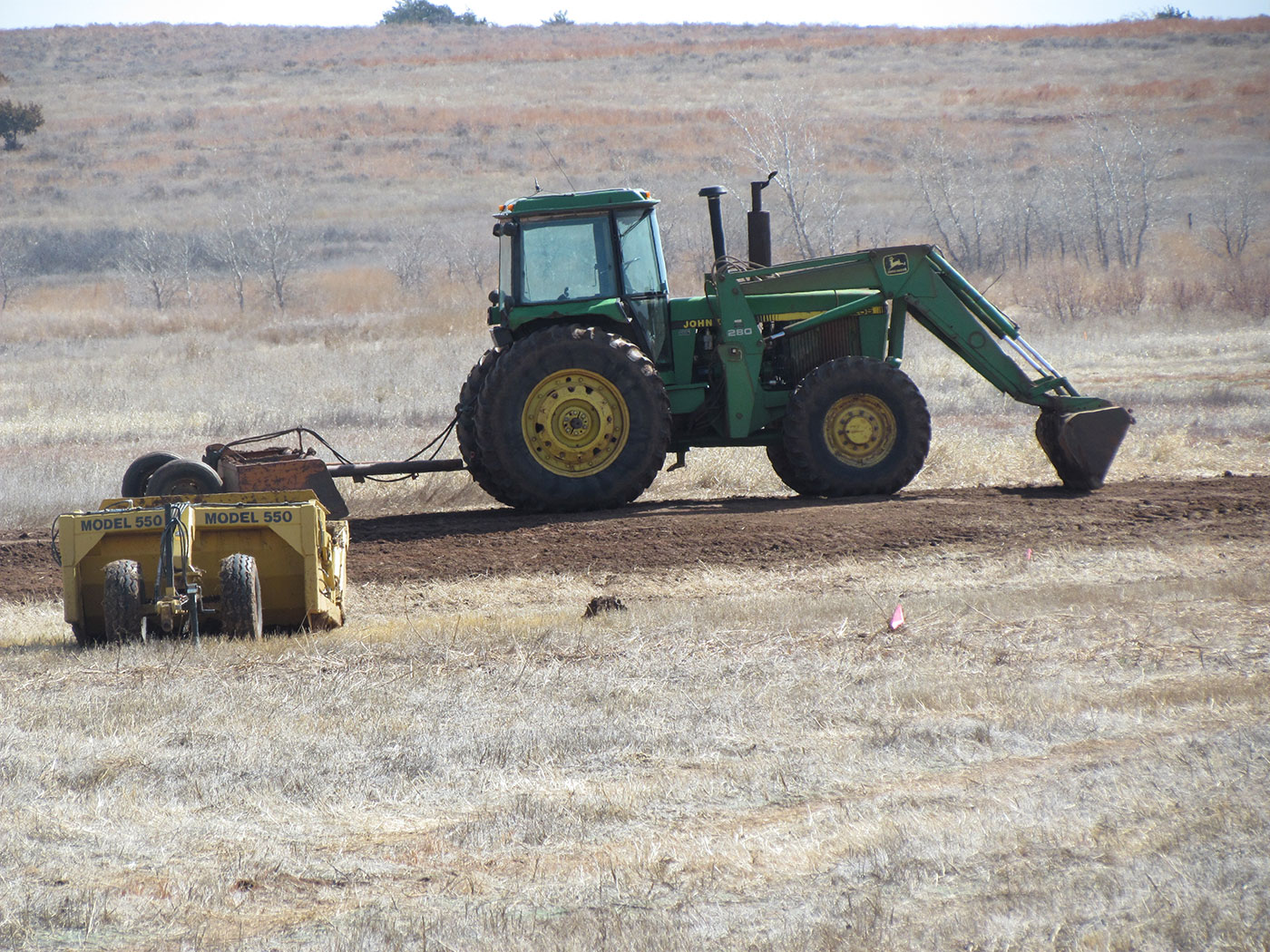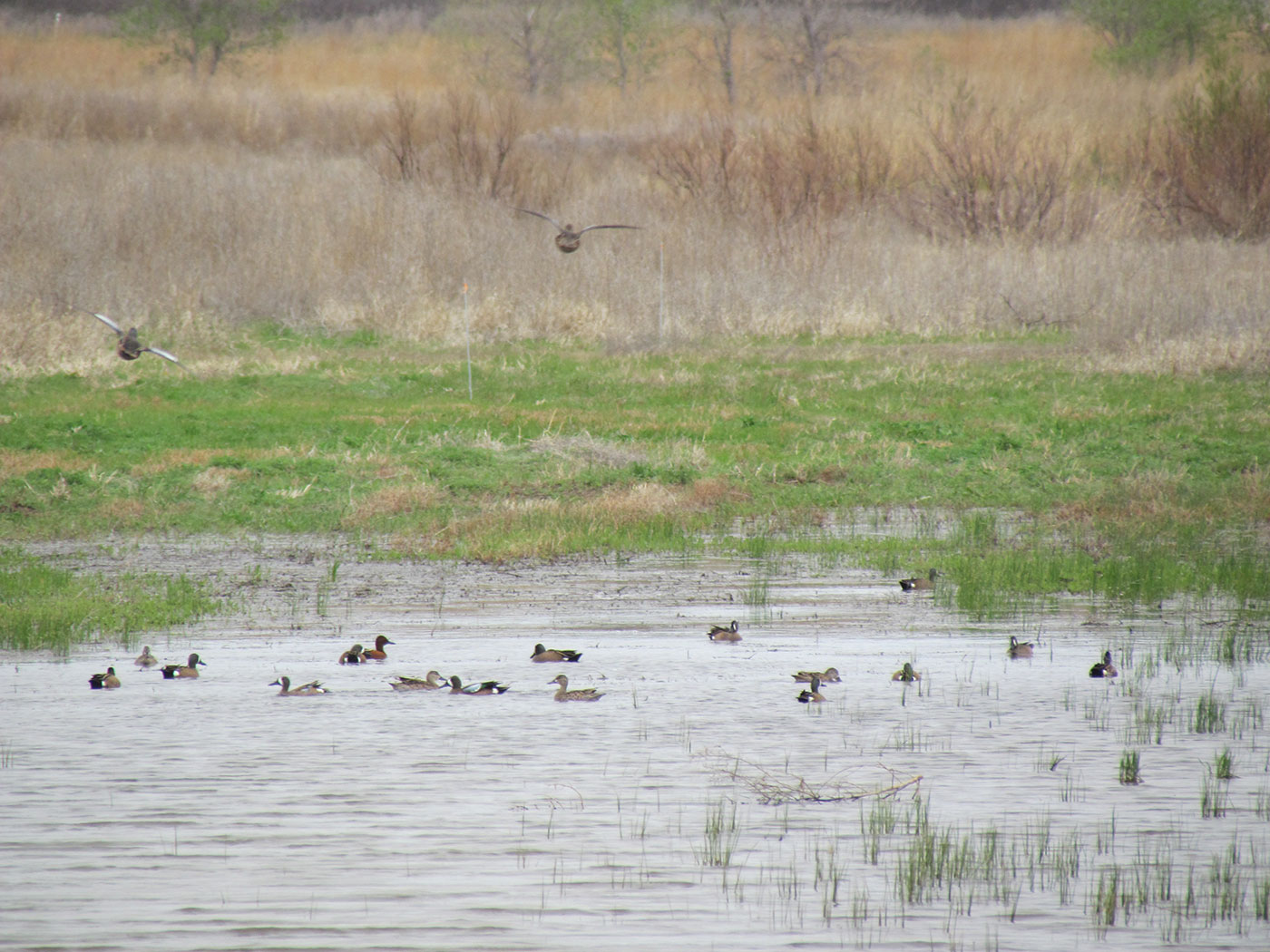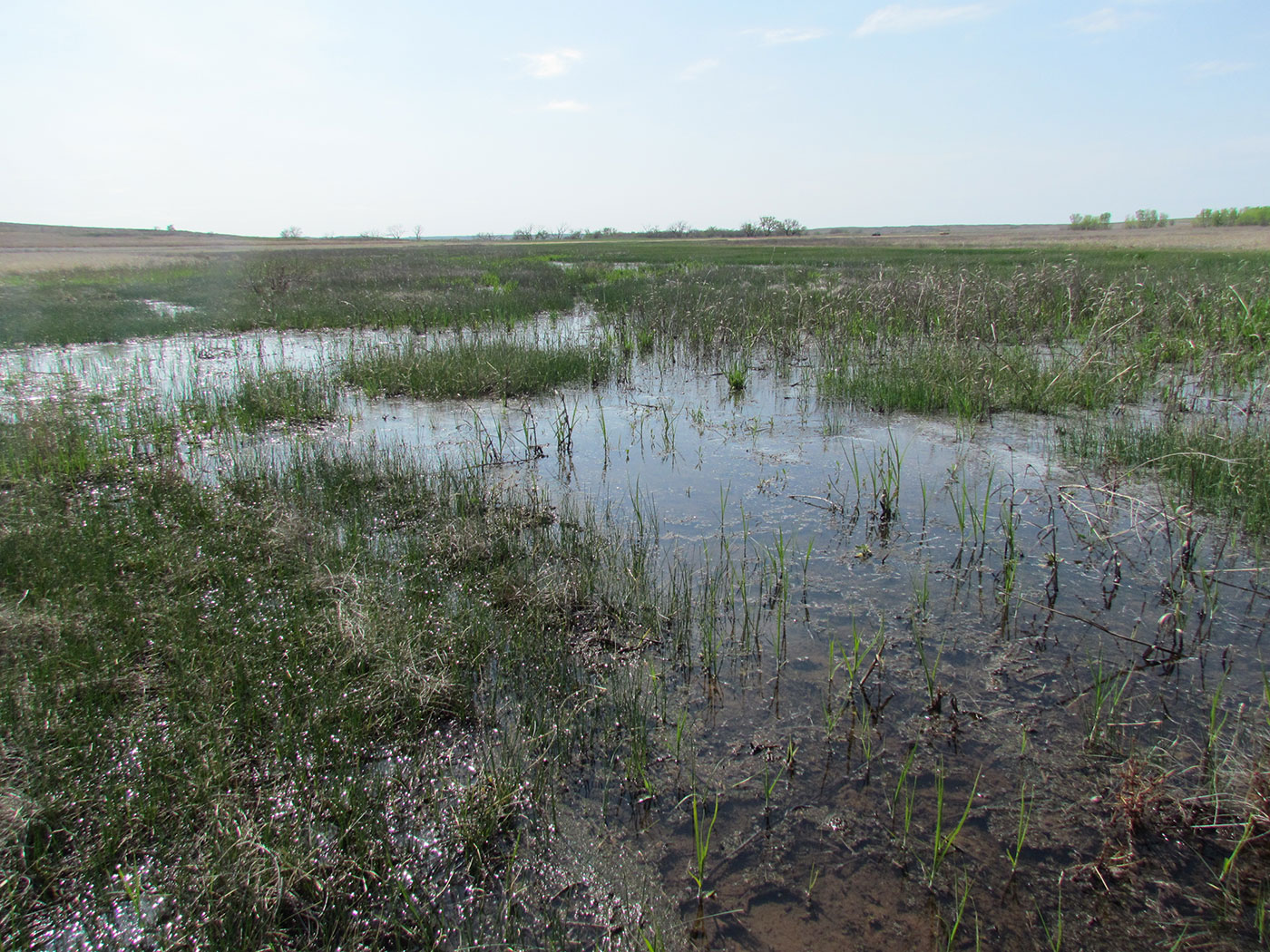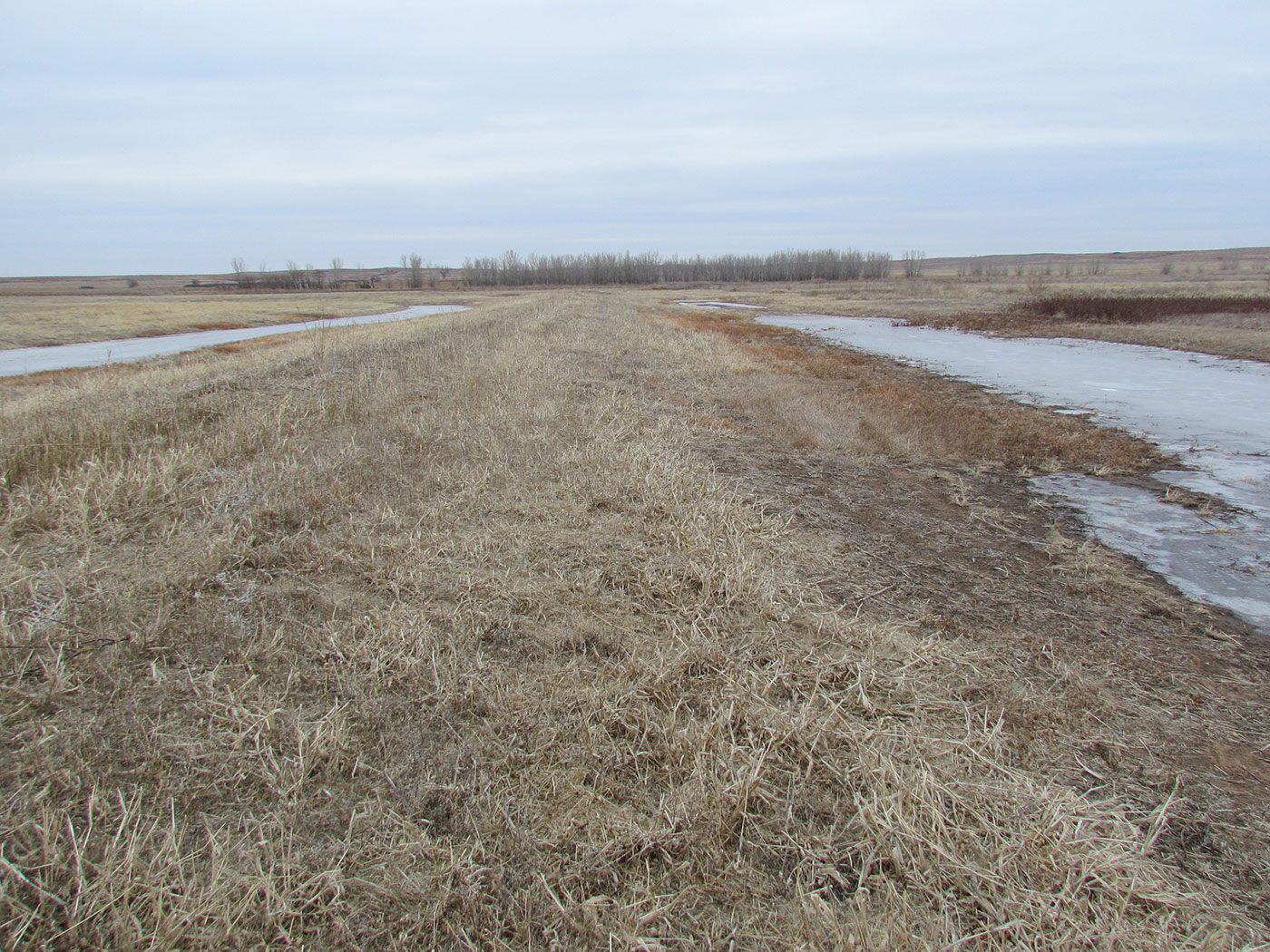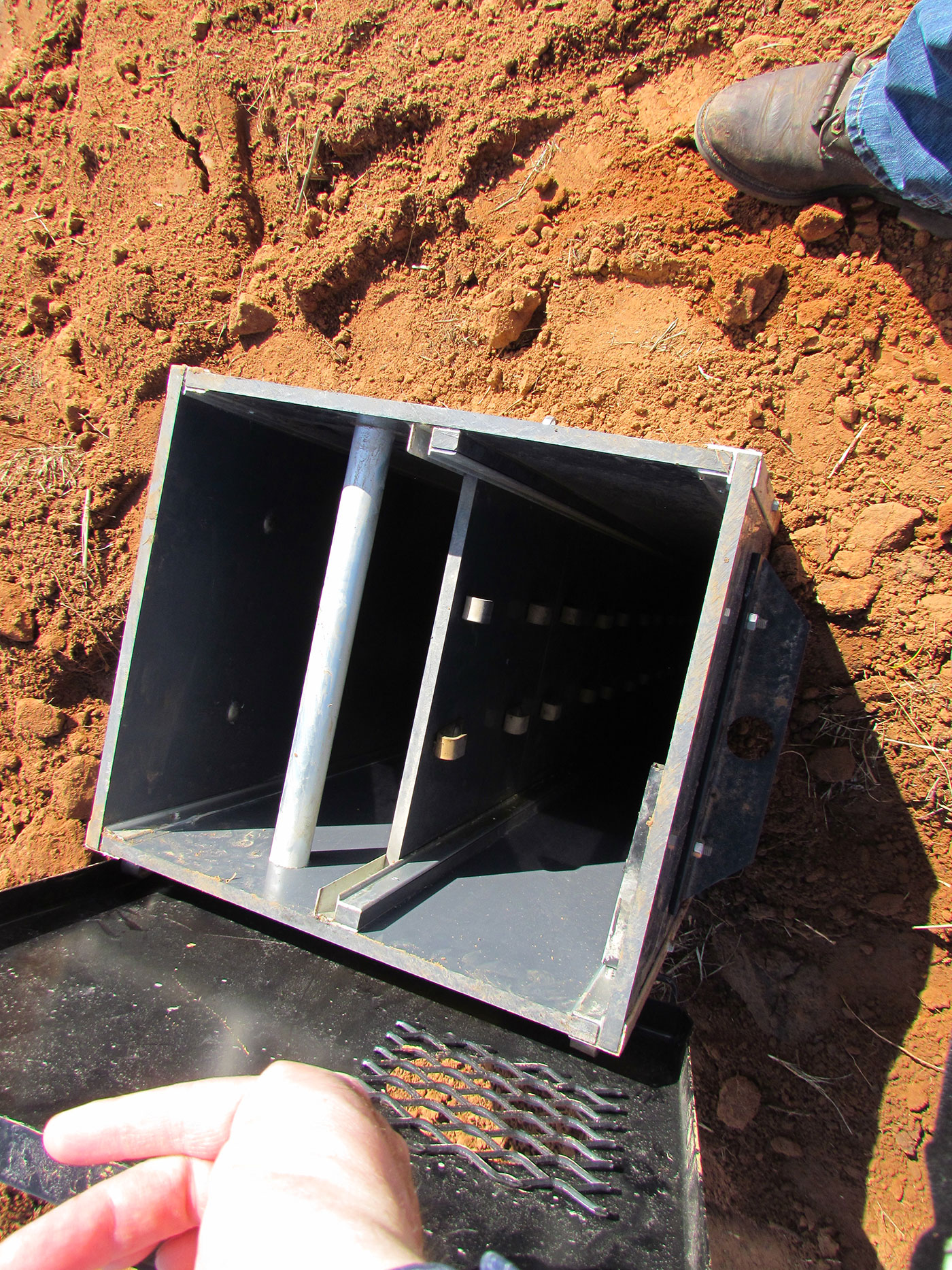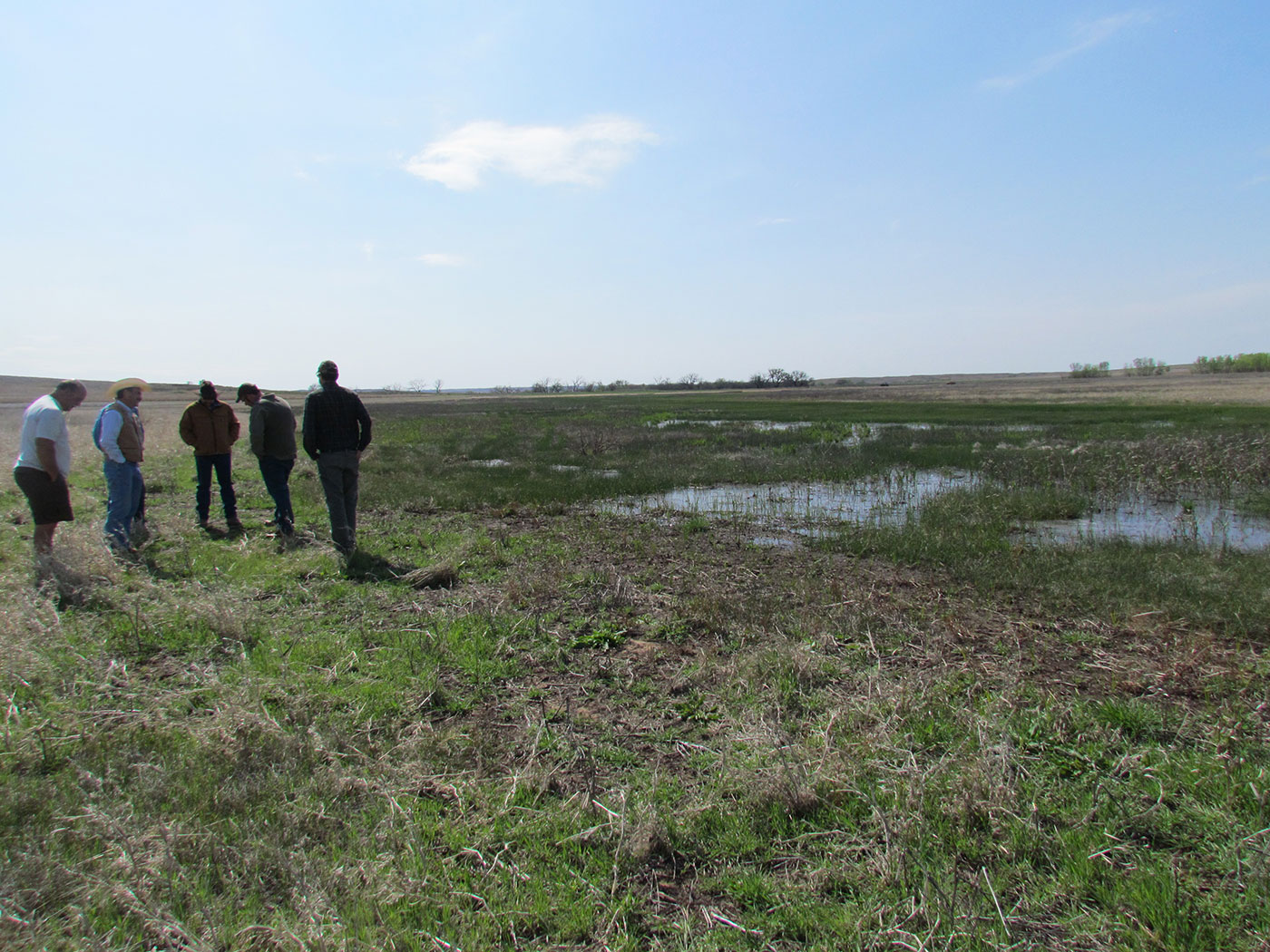| Type |
CEC-supported Ranch Pilot |
| Organization |
Z-Bar Ranch |
| Country |
USA |
| Region |
Barber County, Kansas |
| Grass Type |
Tall, mixed-grass and sand sagebrush native prairie |
| # of head of cattle |
2,000 |
| Hectares |
17,190 |
| Language |
English |
| Date modified |
August 2016 |
This project was designed to improve rangeland health for livestock, manage grazing distribution, control invasive trees, improve wetland management, and enhance habitat for aquatic and grassland-dependent wildlife species. This project encompassed a total of 1,230 upland hectares and 24 wetland hectares within the Red Hills in southwestern Kansas.
The Z-Bar Ranch is a 17,190-hectare operating ranch, raising grass with bison as the primary grazers. Additionally, commercial hunting is managed on the ranch for white-tailed deer, turkey and upland birds. The ranch mimics historical grazing regimes with a strategy to allow 80% rest of warm-season grasses during the growing season and provide enough residual forage to overwinter the animals without relying on hay. Currently, the ranch practices rotational grazing with one group rotated through 16 pastures during the growing season. Patch-burn grazing is also used to influence grazing distribution within pastures and improve native prairie habitat by creating a mosaic of heavily grazed and lightly grazed areas, which diversifies structure and plant composition. Several riparian areas have exclusion fencing for controlled grazing to protect watershed functions and maintain wildlife habitat. Another example of the ranch’s dedication to rangeland conservation was the restoration of 2,500 acres of cropland, present when the ranch was purchased, back to native grass. Furthermore, the ranch restores and maintains native prairie through control of invasive species, such as eastern red cedar, chinaberry, tamarisk, Japanese brome, musk thistle and other introduced species.
The current resource concerns addressed by this project were grazing management, wetland enhancement, and encroachment of invasive trees within native prairie ecological sites. Solar-powered (1,600 watt) water wells to support a new livestock watering facility and a 24-hectare wetland were installed. The additional livestock watering facility will support prescribed grazing management by improving forage utilization, providing rangeland rest and recovery, building fuels as needed for prescribed burns and managing habitat for grassland birds and a prairie dog management area. Installation of the new water tank will allow more grazing within and adjacent to prairie dog colonies, promoting colony health and expansion. In the absence of grazing or mowing, tall grass encroachment will shrink colonies and increase predation. Bison will selectively graze prairie dog colonies if water is present. Integrating colony management into livestock grazing will benefit numerous species associated with prairie dogs, a keystone species. Over 130 species benefit from the colonies (e.g., preying on prairie-dogs as a food source, using prairie-dog holes as shelter, providing soil conditions for improved plant community and structure) and some species are highly dependent upon them, such as burrowing owls.
The solar water wells also provide supplemental water to the wetland for beneficial moist soil plant production and foraging habitat for migratory birds. A levee and independent water control structure allow for controlled drawdowns and flooding for wetland management. The wetland area provides stopover and breeding habitat for shorebirds, wading birds and waterfowl within the bottleneck of the central flyway. The wetland project should have relatively high use by migratory wetland birds due to proximity to Western Hemisphere Shorebird Reserve Networks and RAMSAR Wetland of International Importance sites. The wetland is in the center of the Whooping Crane migration corridor for the last wild population that travels between their breeding grounds in Canada and wintering areas along the US Gulf Coast. Additionally, numerous artic breeding birds rely on the region, such as semipalmated sandpiper, Baird’s sandpiper, buff-breasted sandpiper, stilt sandpiper and many others.
Similar to other ranches in this region of Kansas, Z Bar’s grasslands are being challenged by invasive trees, especially eastern red cedar. These trees negatively impact forage production, groundwater, wildlife habitat and increase the risk of catastrophic wildfire. As part of this project, Z Bar will conduct prescribed burns to control this tree encroachment.
It is not only what the Z-Bar Ranch achieves on their property, but also the influence they have within the surrounding counties, state and multi-state area. Eva and Keith Yearout, Z-Bar ranch managers, are leaders within the Gyp Hills Prescribe Burn Association. In fact, Eva has served as the president of the PBA, spearheading and coordinating their efforts with local ranchers. She also serves as president of the Kansas PBA. They have provided equipment and served as burn bosses for prescribed burns on local properties in order to control the eastern red cedar invasion. The Yearouts also coordinate with neighboring state’s PBAs, particularly through the Alliance of Prescribed Burning Associations, a four-state group that includes Kansas, Nebraska, Oklahoma and Texas. Furthermore, the ranch offers public outreach and education opportunities.
Partners contributing to this project included the KGLC, CEC, KS PFC, GH PBA, Z-Bar Ranch LLC, NRCS, Ducks Unlimited (DU) and the USFWS PFW.
